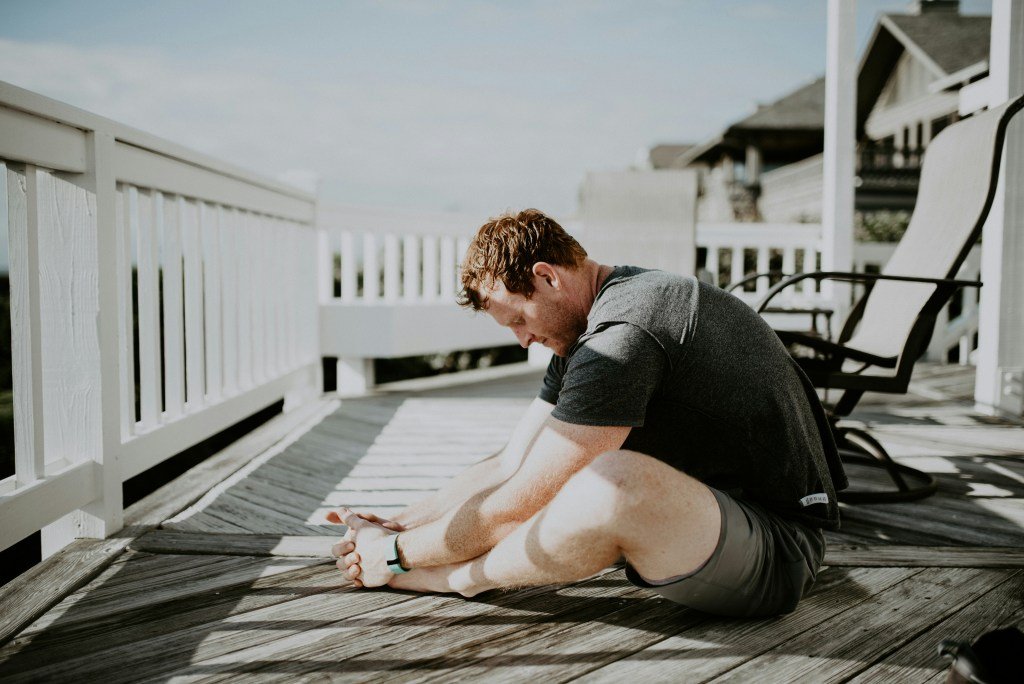Yin Yoga is a unique practice that emphasizes deep stretching, relaxation, and introspection. It can also be a powerful physical, mental, and spiritual growth. Let’s explore the basis of Yin Yoga, the equipment needed, what to look for in a Yin Yoga instructor, and a suggested sequence for your practice.
Understanding Yin Yoga
What is Yin Yoga?
Yin Yoga is a slow-paced style of yoga in which poses are held for extended periods, typically 3 to 5 minutes or longer. Unlike more dynamic yoga practices that target muscle tissues (Yang practices), Yin Yoga focuses on the connective tissues—ligaments, tendons, and fascia. This practice aims to improve flexibility, increase circulation, and promote a sense of calm and balance.
Principles of Yin Yoga
- Time: Poses are held for several minutes, allowing the body to relax and the connective tissues to be gently stretched.
- Stillness: Once you find your edge in a pose, you settle into stillness, fostering a meditative state.
- Release: The extended hold time encourages a deep release of physical tension and emotional stress.
Benefits of Yin Yoga
- Increased Flexibility: By targeting the deeper connective tissues, Yin Yoga helps to increase flexibility and joint mobility.
- Enhanced Circulation: The long-held poses improve blood flow and energy circulation.
- Stress Reduction: The meditative aspect of Yin Yoga promotes relaxation and reduces stress.
- Emotional Balance: Holding poses for extended periods allows storing emotions to be released, leading to greater emotional balance.
- Spiritual Connection: The stillness and introspection of Yin Yoga provide a space for prayer and connecting with God.
Equipment Needed for Yin Yoga
The right equipment can enhance your Yin Yoga practice, providing support and comfort as you hold poses for longer durations.
- Yoga Mat: A standard yoga mat provides cushioning and stability.
- Features to Look For: Non-slip surface, adequate thickness for comfort.
- Yoga Bolster: A bolster offers support and comfort in various poses.
- Features to Look For: Firm yet cushioned, durable cover.
- Yoga Blocks: Blocks help modify poses and provide additional support.
- Features to Look For: Sturdy, lightweight, non-slip surface.
- Blankets: Blankets can be used for additional cushioning and support.
- Features to Look For: Soft, thick, foldable.
- Yoga Strap: A strap assists with deep stretches and maintaining proper alignment.
- Features to Look For: Durable material, adjustable length.
What to Look for in a Yin Yoga Instructor
Choosing the right Yin Yoga instructor is crucial for a safe and enriching practice. Here are vital qualities to consider:
- Experience and Training: Look for an instructor with specialized training in Yin Yoga. They should have a solid understanding of anatomy and the principles of Yin Yoga.
- Calm and Supportive Presence: A good Yin Yoga instructor should have a calming presence and provide a supportive environment. They should encourage you to listen to your body and respect your limits.
- Clear Instructions: The instructor should provide clear and detailed instructions, including modifications and the use of props.
- Mindfulness and Spiritual Sensitivity: An instructor who incorporates mindfulness and, if desired, spiritual elements into the practice can enhance your overall experience.
- Focus on Safety: The instructor should prioritize safety, offering modifications and ensuring that poses are held without strain or discomfort.
Suggested Yin Yoga Sequence
This Yin Yoga sequence promotes relaxation, flexibility, and spiritual reflection. Hold each pose for 3 to 5 minutes, focusing on your breath and allowing yourself to relax in each position fully.
1. Opening Prayer and Intention Setting (5 minutes)

Opening Prayer: “Lord, we come before You in stillness, seeking Your presence and peace. Guide us through this practice, bringing healing and renewal to our bodies, minds, and spirits. Amen.”
Intention Setting:
- Sit comfortably on your mat with your eyes closed.
- Take a few deep breaths, centering yourself in God’s presence.
- Set an intention for your practice, such as peace, healing, or gratitude.
2. Butterfly Pose (Baddha Konasana)

How to Do It:
- Sit with the soles of your feet together, knees falling open to the sides.
- Allow your back to round as you fold forward, resting your head on a bolster or blocks if needed.
- Hold for 3-5 minutes, breathing deeply and relaxing into the stretch.
Benefits:
- Stretches the inner thighs, groin, and hips.
- It calms the mind and reduces stress.
3. Caterpillar Pose (Paschimottanasana)
How to Do It:
- Sit with your legs extended straight in front of you.
- Fold forward from the hips, allowing your spine to round.
- Rest your head on a bolster or blocks for support.
- Hold for 3-5 minutes, focusing on your breath.
Benefits:
- Stretches the spine and hamstrings.
- Stimulates the internal organs and calms the nervous system.
4. Sphinx Pose (Salamba Bhujangasana)
How to Do It:
- Lie on your stomach with your legs extended behind you.
- Prop yourself up on your forearms, elbows under your shoulders.
- Relax your lower back and hold for 3-5 minutes.
Benefits:
- Gently stimulates the spine.
- Opens the chest and shoulders.
5. Reclined Twist (Supta Matsyendrasana)
How to Do It:
- Lie on your back with your knees bent and feet flat on the floor.
- Drop your knees to the right, keeping your shoulders grounded.
- Extend your arms out to the sides in a T position.
- Hold for 3-5 minutes, then switch sides.
Benefits:
- Stretches the spine and shoulders.
- Massages the abdominal organs and improves digestion.
6. Dragon Pose (Anjaneyasana Variation)
How to Do It:
- Start in a low lunge with your right foot forward and left knee on the mat.
- Bring your hands to the inside of your right foot, allowing your hips to sink towards the mat.
- Hold for 3-5 minutes, then switch sides.
Benefits:
- Stretches the hip flexors and quadriceps.
- It opens the groin and releases tension in the lower back.
7. Child’s Pose (Balasana)
How to Do It:
- Sit back on your heels with your knees wide apart.
- Extend your arms forward, resting your forehead on the mat.
- Hold for 3-5 minutes, breathing deeply and relaxing.
Benefits:
- Stretches the hips, thighs, and lower back.
- Promotes relaxation and stress relief.
8. Closing Prayer and Meditation (5 minutes)
Closing Prayer: “Lord, we thank you for this time of stillness and connection. May the peace and healing we found here extend into our daily lives, bringing us closer to You. Amen.”
Meditation:
- Sit comfortably with your eyes closed.
- Focus on your breath, allowing your body and mind to settle.
- Spend a few moments in silent reflection or prayer.
Yin Yoga is a powerful practice that offers deep physical, mental, and spiritual benefits. By understanding its basis, selecting the right equipment, and choosing a qualified instructor, you can create a safe and enriching practice. Incorporate this suggested sequence into your routine to experience the profound effects of Yin Yoga, fostering a deeper connection with your body, mind, and spirit. As you embrace stillness and find balance, may you feel the presence of God guiding you through each pose and each breath.

